 Dermal fillers, also known as injectables, are a go-to treatment to even out acne and chicken pox scars and to mitigate aging concerns: deep creases, fine lines, wrinkles, eye hollows, thinning lips, and slackened cheeks and temples.
Dermal fillers, also known as injectables, are a go-to treatment to even out acne and chicken pox scars and to mitigate aging concerns: deep creases, fine lines, wrinkles, eye hollows, thinning lips, and slackened cheeks and temples.
What Is a Dermal Filler?
A dermal filler is either a natural or synthetic material that’s injected into your skin to plump the area. Natural fillers use substances derived from humans or animals (like hyaluronic acid, which is the most common), whereas synthetic fillers work with the muscles, making them semi-permanent. Because dermal fillers come in so many varieties with different consistencies and results, your dermatologist will select the best product for your unique skin and concerns. All fillers are temporary, with some lasting longer than others depending on the type of filler and your skin’s absorption.
What Do Fillers Do?
By nature, fillers fill – they’re injected into your skin’s trouble spots (hollows or wrinkles) to increase fullness and restore youthfulness. But today, they’re also used to sculpt the face to enhance and naturally alter your looks. From plumping your lips to non-surgical facelifts and nose jobs, dermal fillers can create symmetry, add volume, smooth out lines and creases, define jawlines, and augment cheeks – they offer total rejuvenation. Not only to fillers fill, but they boost collagen production, improve internal hydration, smooth texture, and even out complexions.
Does It Hurt?
Using a fine needle, we inject fillers into your skin, so while it doesn’t hurt too much, it is uncomfortable. Some areas, like your lips, can hurt more than others, but it also depends on individual pain tolerances and experiences – everyone is different. You also have the option of applying an aesthetic cream before your treatment. Some fillers include lidocaine to reduce that discomfort, but the procedure only takes about 15 to 30 minutes (you can do it on your lunch break) so it’s over quickly.
Will My Face Feel Different After?
Aside from a new fullness in previously hollow areas, your face shouldn’t feel different. For some, there’s a risk that some lumpiness may occur, but its often a result of bruising or swelling and will dissipate as you heal. You can prevent lumpiness by preventing swelling and bruising: come early so you can ice the areas before your procedure and then be sure to ice afterwards. Let us know if you bruise easily or have had bruises in the injection areas so we can be more careful or avoid the area.
What if I Don’t Like It?
Dermal fillers are temporary, lasting six to twelve months, but if you’re really unhappy, they can also be reversed within 24-48 of injection with an enzyme that metabolizes the filler quicker.
What’s the Difference Between Dermal Fillers and Botox®?
As you age, facial fat diminishes, leaving your skin sallow, gaunt, and sagging. Where Botox® paralyzes muscle movement to minimize and prevent forehead lines and crow’s feet, dermal fillers add volume and work particularly well around the mouth, cheeks, and under eyes. Since they both approach age related skin issues differently, the two are often used in tandem.
What Are the Risks and Downsides?
When you have an experienced dermatologist inject your dermal fillers, the risks are significantly reduced – you want an ethical, educated, and experienced professional consulting and performing your procedure to get the best results. However, redness, itchiness, tenderness, bruising, and swelling are common side effects that can be mitigated by icing, avoiding smoking and exercise the day of your procedure, and staying away from fish oil and anti-inflammatories.
The only real downside to dermal fillers is that they need to be maintained since your body will eventually metabolize the filler, meaning that follow up appointments are crucial to maintaining your results.
Curious about what dermal fillers can do for you? Contact us today for a free consultation by filling in the form below.

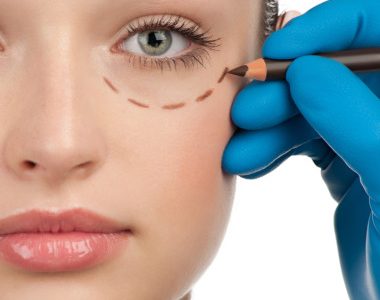 As we age, sometimes the skin above and below our eyes changes: it becomes loose, puffy, or saggy (sometimes even interfering with vision and absolutely making eyes appear smaller and squinty); fatty deposits become more prominent; crow’s feet deepen; permanent bags form beneath our eyes; and lower eyelids droop.
As we age, sometimes the skin above and below our eyes changes: it becomes loose, puffy, or saggy (sometimes even interfering with vision and absolutely making eyes appear smaller and squinty); fatty deposits become more prominent; crow’s feet deepen; permanent bags form beneath our eyes; and lower eyelids droop.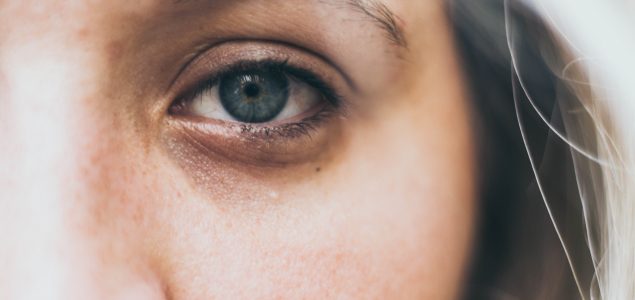
 Everyone wants radiant, youthful skin – if we’re being honest, we’re all dreaming of airbrushed perfection (
Everyone wants radiant, youthful skin – if we’re being honest, we’re all dreaming of airbrushed perfection ( In our youth, we think we’re invincible. From wiggling, squirming, and whining our way out of sunscreen as children, to purposely soaking up those rays sans sunblock in our teens and 20s, even if you’re wearing sunscreen 24/7 now, you’re likely seeing those years without sunscreen show up now – especially on your face.
In our youth, we think we’re invincible. From wiggling, squirming, and whining our way out of sunscreen as children, to purposely soaking up those rays sans sunblock in our teens and 20s, even if you’re wearing sunscreen 24/7 now, you’re likely seeing those years without sunscreen show up now – especially on your face.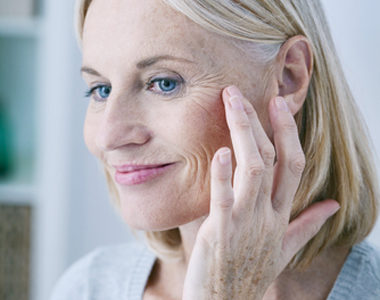 While your eyes might be the window to your soul, your face is the window to your health and your youthfulness, which is why many choose to combat aging with facelifts. But did you know there are now non-surgical facelifts?
While your eyes might be the window to your soul, your face is the window to your health and your youthfulness, which is why many choose to combat aging with facelifts. But did you know there are now non-surgical facelifts?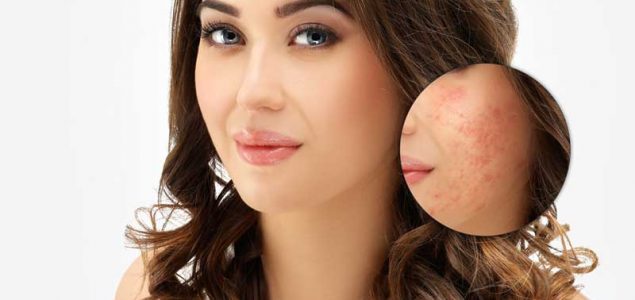 Scarring is an inevitable part of being human, they’re a natural byproduct of the healing process. Plus, there’s usually a story to go along with them.
Scarring is an inevitable part of being human, they’re a natural byproduct of the healing process. Plus, there’s usually a story to go along with them.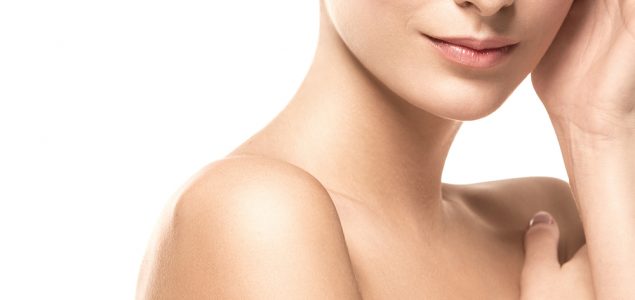 Ever looked in the crease of your neck or armpit and been horrified to find a little, fleshy growth? Sometimes they hang by a stalk, other times they’re bumps, so at first glance, you might think pimple or wart, but these little balls and bumps are skin tags.
Ever looked in the crease of your neck or armpit and been horrified to find a little, fleshy growth? Sometimes they hang by a stalk, other times they’re bumps, so at first glance, you might think pimple or wart, but these little balls and bumps are skin tags. Full, plump lips are as high in demand as thick, defined brows, but while makeup can help your brows, it doesn’t do much for your lips.
Full, plump lips are as high in demand as thick, defined brows, but while makeup can help your brows, it doesn’t do much for your lips. Aging is an inevitable reality of life. You can’t live on this planet rife with UV rays, harsh winds, varying humidity levels, and chemicals – never mind the things we do to ourselves (like smoking and drinking) – and escape unscathed. Even when we wear an SPF 30 every day of our lives and avoid the sun like a vampire, eat healthy, exercise regularly, and maintain a healthy skin care regimen, we’re still going to age – it’s part of life.
Aging is an inevitable reality of life. You can’t live on this planet rife with UV rays, harsh winds, varying humidity levels, and chemicals – never mind the things we do to ourselves (like smoking and drinking) – and escape unscathed. Even when we wear an SPF 30 every day of our lives and avoid the sun like a vampire, eat healthy, exercise regularly, and maintain a healthy skin care regimen, we’re still going to age – it’s part of life. Despite our best efforts, our skin will age. Sometimes our skin is damaged from acne, chicken pocks, or other scars, sometimes it’s damaged from too many summers without sunscreen or too much time in tanning beds, sometimes it’s damaged from smoking or drinking, but whatever the cause, laser skin resurfacing (also known as a laser peel or ablative laser resurfacing) can help.
Despite our best efforts, our skin will age. Sometimes our skin is damaged from acne, chicken pocks, or other scars, sometimes it’s damaged from too many summers without sunscreen or too much time in tanning beds, sometimes it’s damaged from smoking or drinking, but whatever the cause, laser skin resurfacing (also known as a laser peel or ablative laser resurfacing) can help.
